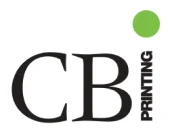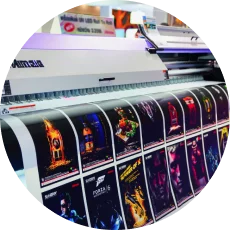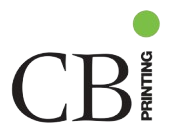Digital printing is a method of printing from digital-based images directly onto a variety of media. It typically involves using a computer to send a file directly to a digital printer. Unlike traditional printing methods such as offset printing, which requires creating printing plates, digital printing allows for on-demand printing, short turnaround times, and cost-effective production of small quantities.
Digital printing has several advantages: Variable data printing: Digital printing allows for customization of each printed piece, enabling personalized content such as names, addresses, and images to be easily incorporated into the print run.
Quick turnaround: Since digital printing doesn’t require the creation of printing plates or setup time, it allows for faster turnaround times compared to traditional printing methods.
Cost-effective for small quantities: Traditional printing methods often have high setup costs, making them less economical for small print runs. Digital printing, on the other hand, is cost-effective even for small quantities because there are no setup costs. Digital printing is widely used in various industries, including advertising, marketing, publishing, packaging, and textiles. Common applications of digital printing include business cards, brochures, posters, labels, signage, and photo prints.


